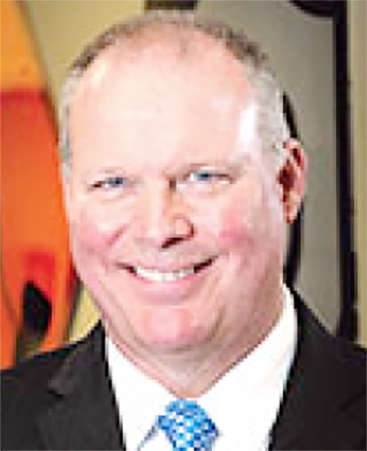Stuck Bridges, Buckling Roads Sound Alarms That America’s Aging Infrastructure is in Distress
WASHINGTON—More than $450 billion in infrastructure spending has already been awarded to states and cities through the Infrastructure Investment and Jobs Act passed in 2021. That’s the good news.
The very good news is that there’s another $550 billion available in the $1.2-trillion bipartisan infrastructure law. While it’s understood that spending infrastructure funding takes time going from wish-list fulfillment to shovel-ready with boots on the ground, states are tackling their aging bridges and buckling roadways with differing speeds of commitment.
Now the bad news. The summer of 2024 is posting record heat in the U.S. This extreme heat coupled with new levels of flooding are exacerbating havoc on infrastructure—and when combined with years of underfunding and new challenges posed by changing climate—the need to get cracking to fix America’s aging transportation facilities and networks has never been greater.
The American Society of Civil Engineers gave U.S. infrastructure an overall grade of C- in its latest national Infrastructure Report Card released three years ago. Some 7.5% of U.S. bridges were in poor condition and many are aging, making them difficult to maintain. Meanwhile, 40% of the road system was considered in poor or mediocre condition, and maintenance costs have substantially increased due to the strains of added volume and resource erosion caused by inflation.
As the summer of 2024 marches on, high levels of heat are creating new problems. In one case, New York’s Third Avenue Bridge in Manhattan broke down for hours on July 8 after its metal expanded from the heat and it could not swing back into its closed position. The span, which swings open and shut over the Harlem River near 128th Street, failed for four hours when temperature readings reached 95 degrees. Its steel expanded from the heat at 2:46 p.m, and it required a pair of fireboats spraying cooling water on the trusses for four hours before the bridge section could pivot back into service for the 50,000 vehicles that use the TAB each day.
“While potholes and crumbling roadways are usually the first complaints you will hear from drivers, local bridges are crucial for the economy and public safety,” wrote transportation construction leaders Marc Herbst, President of the New York Roadway and Infrastructure Coalition and Pat Purcell, Executive Director of the New York State and Greater New York Laborers-Employers Cooperation and Education Trust (GNY LECET). In a joint commentary published earlier this month, they argued that neglecting this infrastructure not only impacts economic growth but puts lives at risk.
The writers noted that a recent report from the New York State Comptroller’s office highlights a pressing issue: Many of New York’s local bridges desperately need repair, and it will take a staggering $29 billion to address the problem. “Most of these bridges are owned by local municipalities that simply don’t have the funds to fix them,” they said. “These communities are constantly searching for state and federal funding to ensure their bridges are safe and functional.”
The solution, they propose, is for lawmakers to do more and that additional federal and state funding is needed to maintain and repair these local bridges. “The cost of inaction far outweighs the cost of repairs and maintenance,” they concluded.


